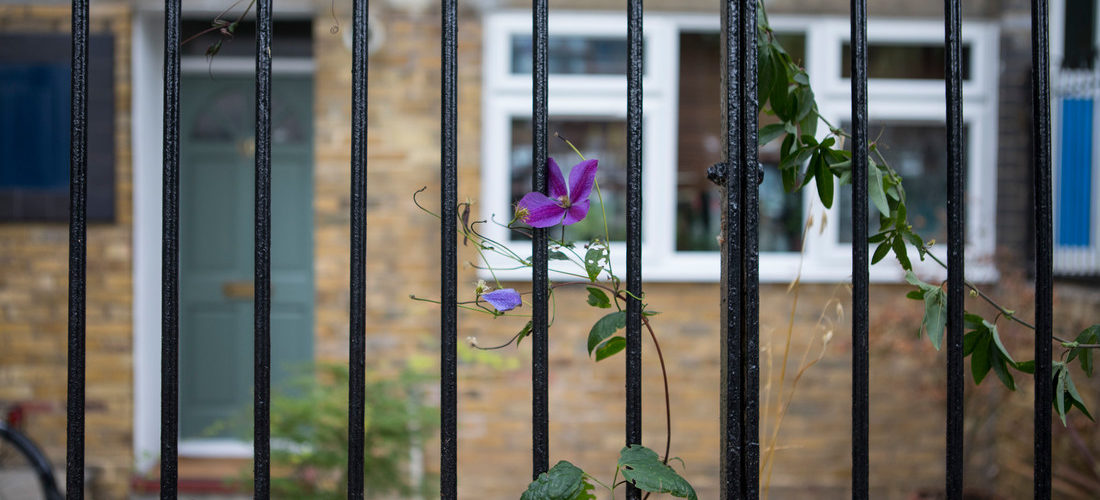Hidden [adj]
- Being out of sight or not readily apparent; concealed
- Obscure, unexplained, undisclosed
If you Google “homelessness”, you’ll inevitably find articles illustrated with pictures of people sleeping rough – curled up in doorways or on pavements in sleeping bags. While this is undeniably the sharp end of homelessness, if you’ve read any articles on this blog before, you’ll know that this is just the tip of the iceberg: homelessness extends far beyond rough sleeping.
Last week I attended the NHS Health Scotland and Shelter Scotland conference on the theme of hidden homelessness. The conference highlighted just how many forms of homelessness are in some way ‘hidden’, and how this concept extends far beyond what we might initially think.
The first definition of hidden listed above relates to things that are out of sight or concealed.
Normally, when we talk about hidden homelessness in the media, we mean people who are ‘sofa surfing’; that is, staying with friends or family in spare rooms, sofas, and on floors when they don’t have anywhere else to stay. People in this situation are ‘hidden’ because their homelessness is concealed from most people’s day to day life: we don’t walk past them on the street, and they’re not the people we picture when we think about homelessness. They have a roof over their head, but it’s not a home.
Another form of homelessness which is out of sight is the large numbers of people staying in temporary accommodation. Scottish Government statistics show that 21,095 households entered temporary accommodation in the last year, and stayed there, on average, for around 6 months. This can be an incredibly trying and distressing time, as households experience a life in limbo, not able to settle down but still trying to go to work and take children to school as normal, often very far away from their support networks.
The second definition of ‘hidden’ listed above refers to things which are undisclosed. I do a lot of work on the homelessness statistics. The official Government homelessness stats are a fantastic source of data, but we know that they don’t show the full picture, because not everyone applies as homeless. People experiencing every different kind of homelessness might not apply as homeless, either by choice (e.g. due to stigma or lack of trust in the system), or because they’re not able to (perhaps they don’t know that help is out there, they can’t afford to travel to the housing office, or the system isn’t set up in a way they’re able to engage with).
There’s also people who are hidden in plain sight, as it were, within the statistics. Numbers can only tell us so much. When we talk about the official government statistics, we talk in terms of households. A whole household applies as homeless. That household might consist of one person, or it might consist of more. Data is collected about the lead member of the household – their age, gender etc. So, while we say that the most common group to become homeless is men[1] or people aged 25-34, we actually mean that those groups are most likely to be the lead household member of a household applying as homeless. We know very little about other adult household members, or any children involved.
Every year, we at Shelter Scotland do an additional stats request to find out the total numbers of unique adults and children in households who apply as homeless. Thanks to this, we know that in 2018-19, there were 14,043 children hidden within the headline statistics.
Finally, the conference highlighted one dimension of hidden homelessness that I hadn’t previously considered: the way some people have to hide parts of themselves in order to access homelessness services. Catalina Martin spoke about LGBT+ homelessness, and Edith England presented her paper on homelessness among trans people in Wales. Edith England in particular highlighted how many of the people interviewed felt that homeless services were unable to meet their needs, and how there was a real lack of LGBT+ specific provision.
This is just scratching the surface in terms of the ways a variety of people experiencing homelessness can be considered ‘hidden’, or have to hide their homelessness. But it raises the question: How can we expect to address all forms of homelessness, when we don’t even have a full picture of who is affected, and how homelessness impacts them?
[1] At the hidden homelessness conference, Dr Joanne Bretherton spoke about how numbers of homeless women are underestimated in many countries, because women rely on informal networks and are more likely to conceal their housing status.


